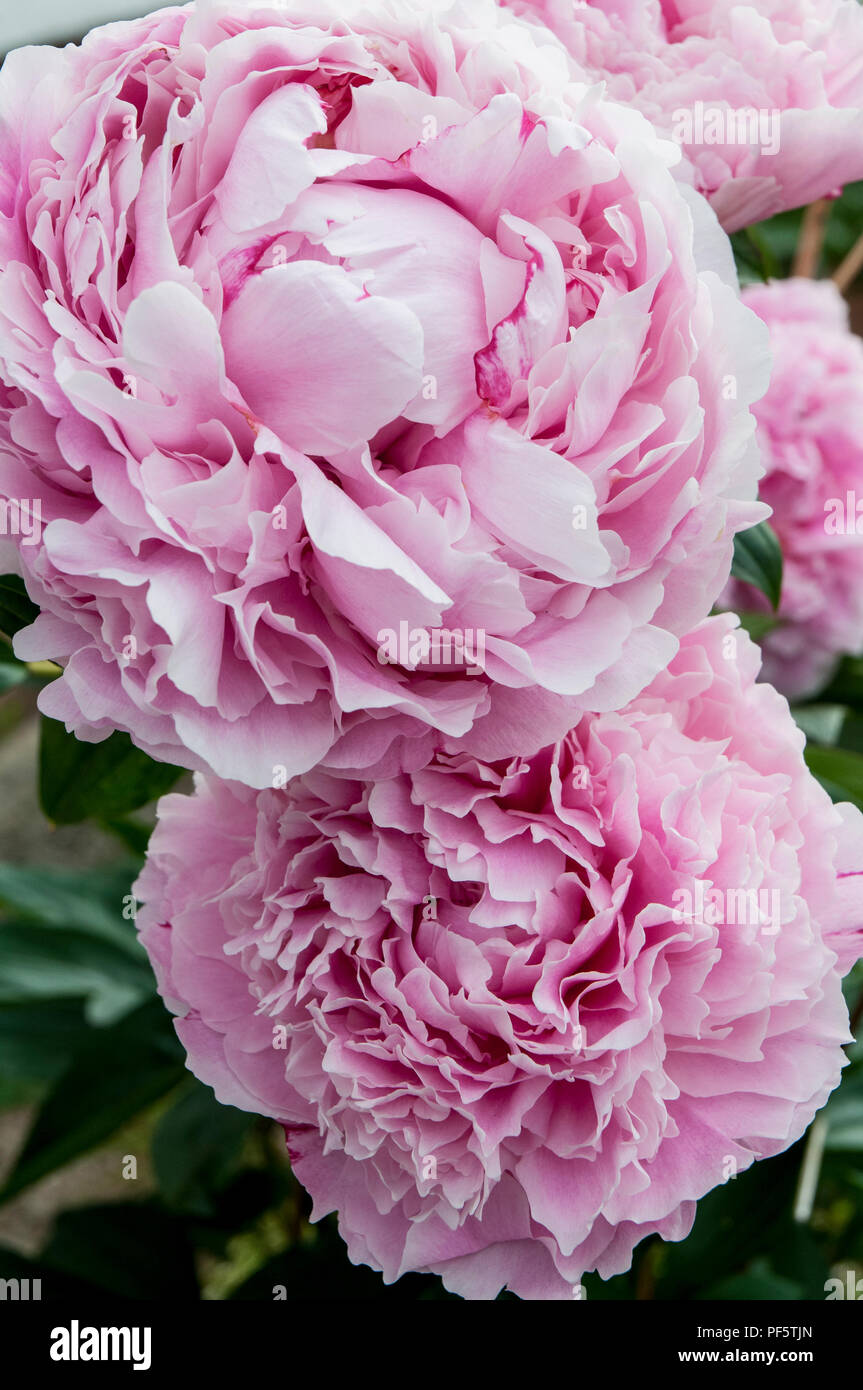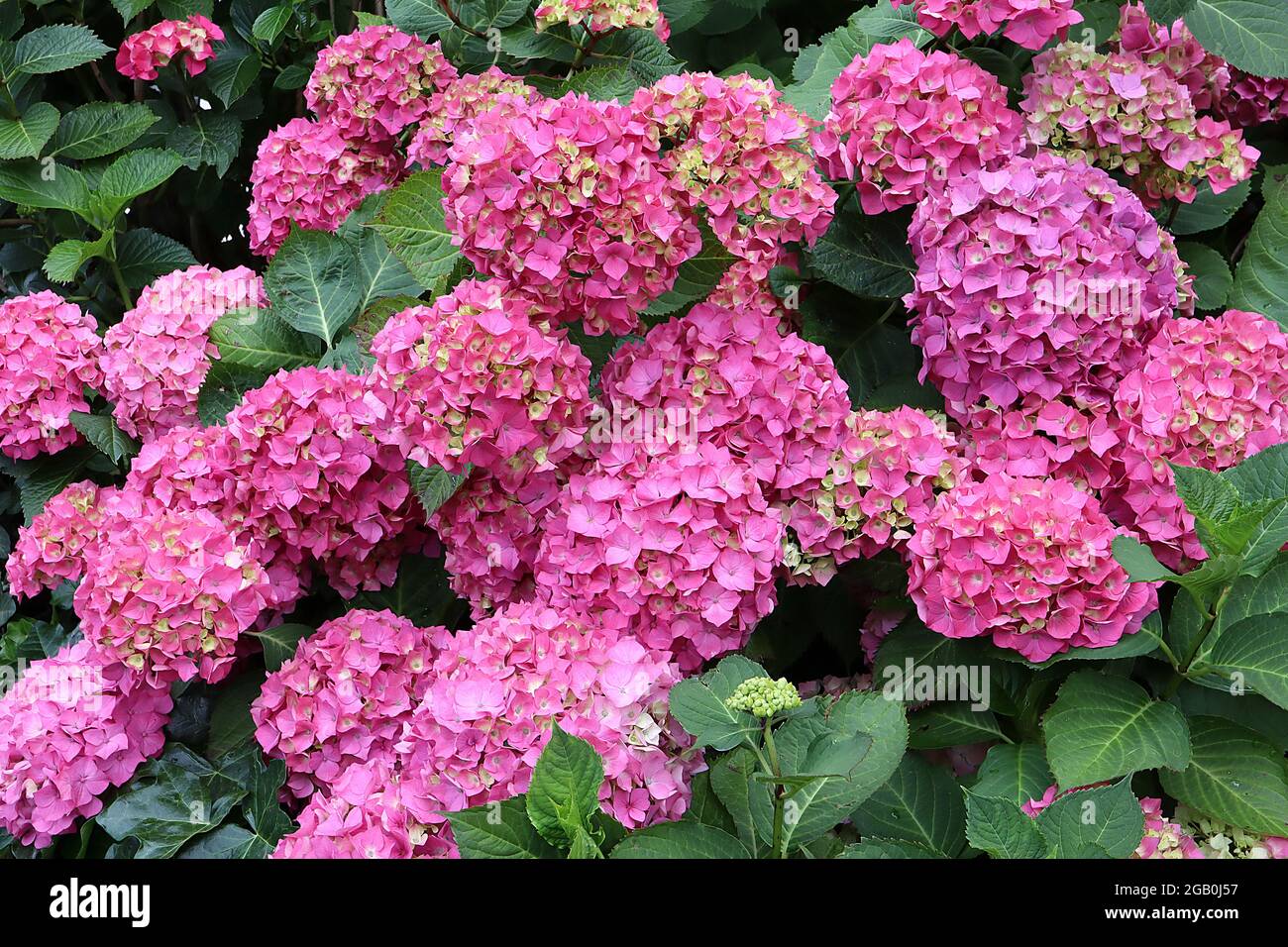A World of Wonder: flowers with Large Heads
Flowers, in all their vibrant hues and delicate forms, have captivated human hearts for centuries. Among these botanical marvels, those boasting large, showy heads stand out, commanding attention and adding a touch of drama to any garden or bouquet. This article delves into the fascinating world of these floral giants, exploring their diverse characteristics, cultivation tips, and the unique beauty they bring to our lives.
Before we embark on our journey, it’s crucial to understand what constitutes a “large-headed” flower. While there’s no universally accepted definition, these flowers generally exhibit:

Significant size: Their blooms are considerably larger than average for their respective species or genus.
The world of large-headed flowers is incredibly diverse, encompassing a wide range of species from various plant families. Here are a few prominent examples:

Perhaps the most iconic of large-headed flowers, sunflowers are instantly recognizable by their massive, radiant blooms. These cheerful giants come in a variety of sizes, with some cultivars boasting flower heads exceeding a foot in diameter. Sunflowers are not only visually stunning but also serve as a valuable source of food for both humans and wildlife.
Dahlias are renowned for their incredible diversity in form, size, and color. From delicate single blooms to extravagant pom-poms and water lilies, there’s a dahlia to suit every taste. Many cultivars produce enormous flower heads, often exceeding 10 inches in diameter, making them a showstopper in any garden.
Hydrangeas are beloved for their large, mophead or lacecap flower clusters, which come in a breathtaking array of colors, including pink, blue, purple, and white. The color of hydrangea blooms can be influenced by soil pH, adding an element of intrigue and customization to their cultivation.
Peonies are prized for their luxurious, fragrant blooms, which often reach impressive sizes. These elegant flowers come in a range of colors, from soft pastels to vibrant reds and purples. Peonies are a symbol of prosperity and romance, making them a popular choice for weddings and special occasions.
Lilies are characterized by their trumpet-shaped flowers, which come in a dazzling array of colors and sizes. Some lily varieties, such as the Oriental and Trumpet lilies, produce exceptionally large blooms that can reach up to 12 inches in length. Their elegant form and intoxicating fragrance make them a favorite among flower enthusiasts.
The appeal of large-headed flowers lies in their undeniable visual impact. They:
Create a focal point: Their size and prominence naturally draw the eye, making them perfect for creating a focal point in any garden or floral arrangement.
Growing large-headed flowers can be a rewarding experience, but it requires careful consideration of their specific needs. Here are some general cultivation tips:
Sunlight: Most large-headed flowers thrive in full sun, which is essential for optimal bloom production.
Large-headed flowers can be used in a variety of ways to enhance your garden’s beauty:
Create a stunning border: Plant a row of sunflowers or dahlias along the edge of your garden to create a vibrant and eye-catching border.
Large-headed flowers have long been a source of inspiration for artists and have played a significant role in various cultures throughout history.
Art: From Van Gogh’s iconic sunflowers to Monet’s vibrant water lilies, large-headed flowers have been a beloved subject for artists across the ages. Their bold forms and vibrant colors provide endless opportunities for artistic expression.
Large-headed flowers are a true testament to the wonders of the natural world. Their size, beauty, and diversity continue to captivate and inspire us. By incorporating these floral giants into our gardens and appreciating their significance in art and culture, we can deepen our connection with the natural world and enrich our lives with their vibrant beauty.
I hope this comprehensive article provides you with a deeper understanding and appreciation for the magnificent world of large-headed flowers.


